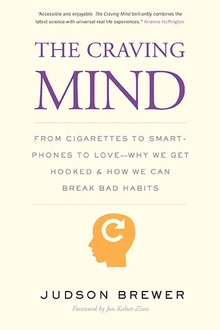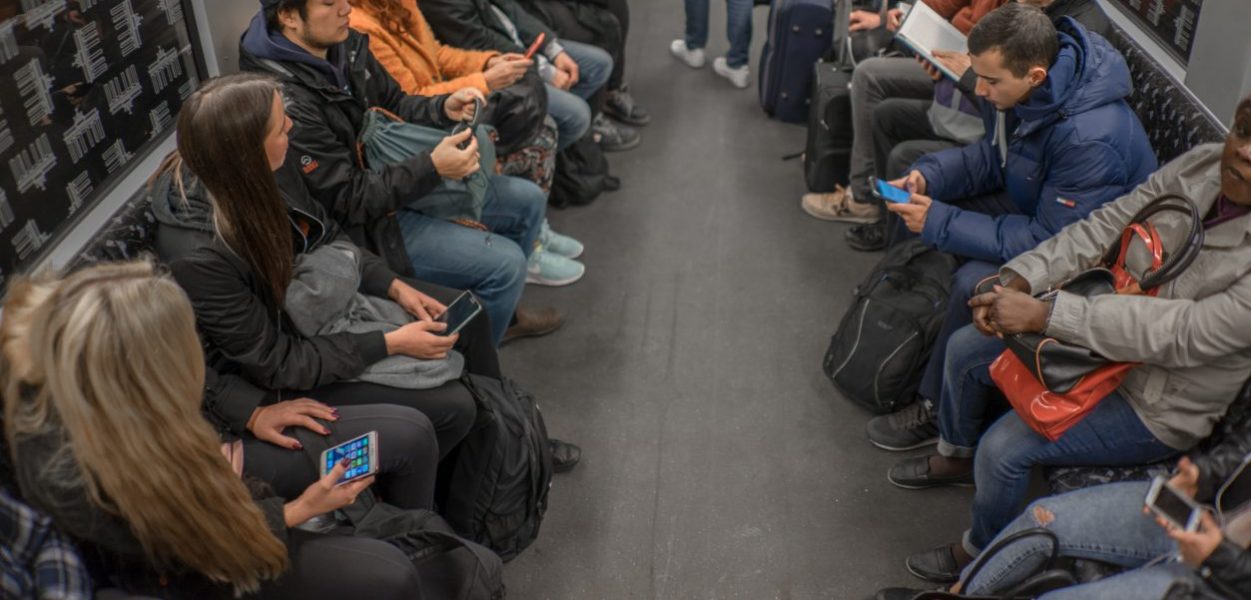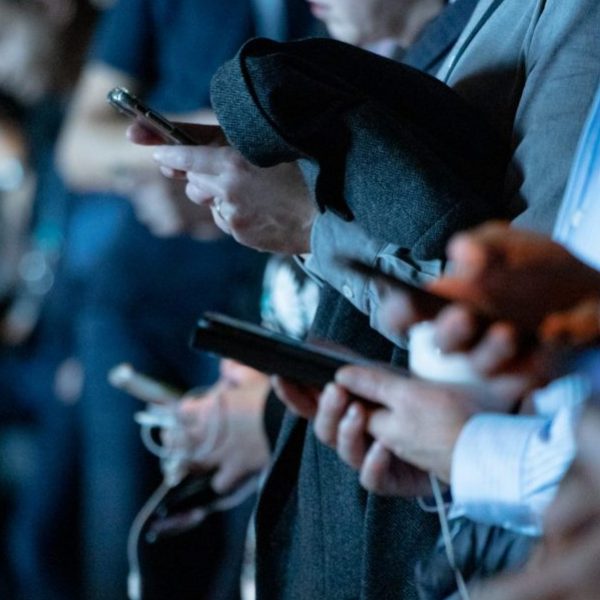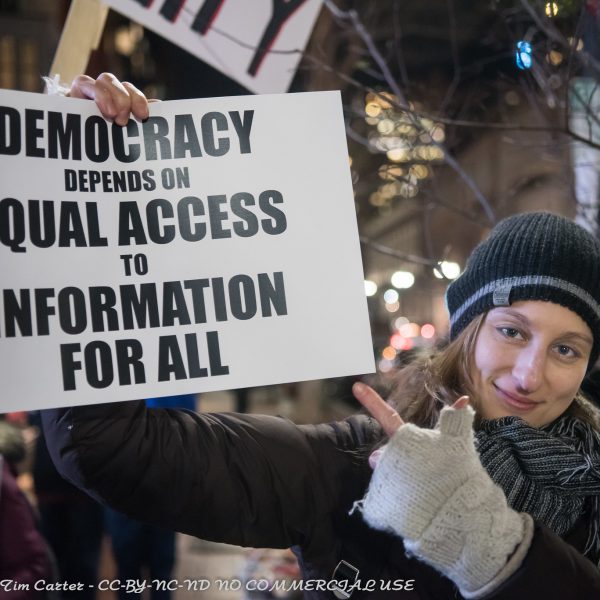Addicted to Distraction
Judson Brewer—
This is where the magic happens. Once behavior and reward are paired, the dopamine neurons change their phasic firing pattern to respond to stimuli that predict rewards. Enter the trigger into the scene of reward-based learning. We see someone smoking a cigarette, and we suddenly get a craving. We smell fresh-baked cookies, and our mouths start watering in anticipation. We see someone who yelled at us recently approaching us, and we immediately start looking for an escape route. These are simply environmental cues that we have learned to pair with rewarding behavior. After all, we haven’t eaten the cookie or engaged the enemy. Our brains are predicting what will hap- pen next. I see this with my patients, fidgeting and squirming as they anticipate their next hit of whatever they are addicted to. Sometimes they get a little triggered in my office, simply by recalling their last relapse. The memory is enough to get their dopamine flowing. Watching a movie that involves drug use can move them into drug-seeking mode until that itch is scratched by using—if they don’t have the mental tools to ride the wave of craving.
Interestingly, these dopamine neurons not only go into prediction mode when we are triggered, but also fire when an unpredicted reward is received. This might sound confusing. Why would our brains fire both when predicting a reward and when something unpredicted happens? If we come home from school for the first time with an A on an exam, we don’t know how our parents will respond, because we have never been in that scenario before. We carefully hand our paper to our parents, wondering what is going to happen next. Our brains don’t know what to predict, because this is new territory. The first time our parents praise us, we get a big phasic release of dopamine in our brain, which subsequently sets off the whole reward-based learning and habituation process discussed earlier. The same thing happens the first time we bring home a C (what will they think!?), and so on until we map out much of our everyday world. If my best friend, Suzy, knocks on the door for a playdate, I anticipate good times ahead. If she comes in the house and suddenly unleashes a tirade about what a terrible friend I am, my dopamine system, not having seen that one coming, goes berserk. The next time I see Suzy, I might be a little more guarded or on the lookout, since I am less certain about what our interaction will be. We can see how this might confer a survival advantage: it is helpful to be able to predict whom we can and can’t trust. Broadly speaking, it is important that we have the neural tools to build a reservoir of trust.
What does any of this have to do with being distracted by smart-phones? What we know about reward-based learning begins to explain how we get sucked into abnormal—or dare I say, addictive—technology use. Knowing that anticipation gets our dopamine flowing, businesses use this to get us to click on their ads or apps. For a nice example of anticipation, here are three consecutive headlines from the front page of CNN’s website: “Star Wars Stormtroopers: What’s Their Message?,” “Affluenza Teen: The Damage He Caused,” and “Why Putin Praised Trump.” These are written not as fact-based messages, such as Putin praises Trump for being “lively” and “talented,” but instead as teasers to get our anticipation juices flowing—to get us fired up, and our dopamine neurons firing, so that we will click the link to read the article. No wonder they call such attention grabbers “clickbait.”
What about e-mail and texting? Our computers and phones offer services so that we can get alerts each time we get an e-mail—push notifications. How nice! We certainly don’t want to miss that “important” e-mail from the boss do we? Instant message? Even better. Now I don’t even have to spend any extra time opening the e-mail—the message is right there. Twitter? A tweet’s 140-character limit is not magic. That length was specifically chosen because we will automatically read a message that size. And this is where unpredictability comes in: each time we unexpectedly hear the bell, beep, or chirp, our brains fire off a shot of dopamine. As mentioned in earlier chapters, intermittent reinforcement leads to the strongest, stickiest type of learning. By turning on our e-mail and text alerts in order to be more available and responsive, we have set ourselves up much like Pavlov’s dogs, which were trained to salivate in anticipation of receiving food when they heard him ring the bell.
Let me be clear. This section on the potential dangers of communication technology is not the rant of a Luddite. I prefer e-mail to the Pony Express or carrier pigeons. Often, a text can answer a question more quickly than a phone call. These things can make our lives more efficient and potentially more productive. I am bringing together how our brains learn and what our current technology is set up to do so that we can develop a clearer picture of where our distracted behavior comes from.
From The Craving Mind by Judson Brewer. Published by Yale University Press in 2018. Reproduced with permission.
Judson Brewer, M.D., Ph.D., is director of research at the Center for Mindfulness and associate professor in medicine and psychiatry at the University of Massachusetts Medical School. He is also an adjunct faculty member at Yale University and a research affiliate at Massachusetts Institute of Technology.
Further Reading:



























